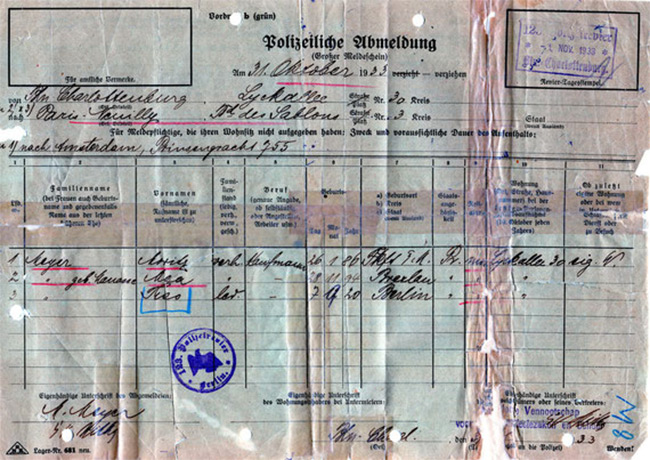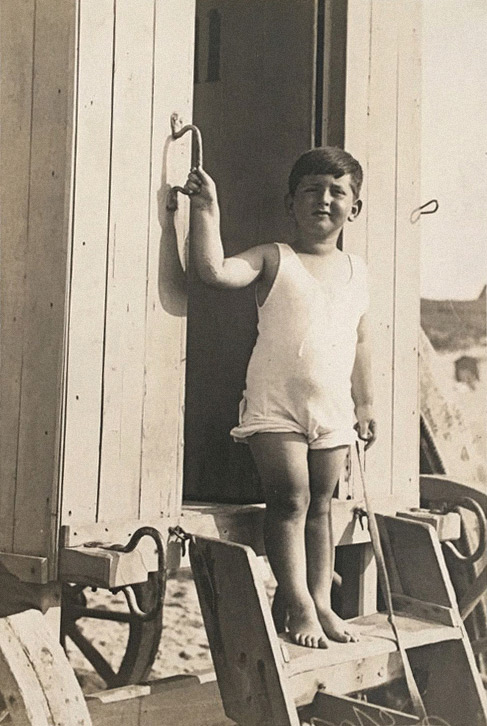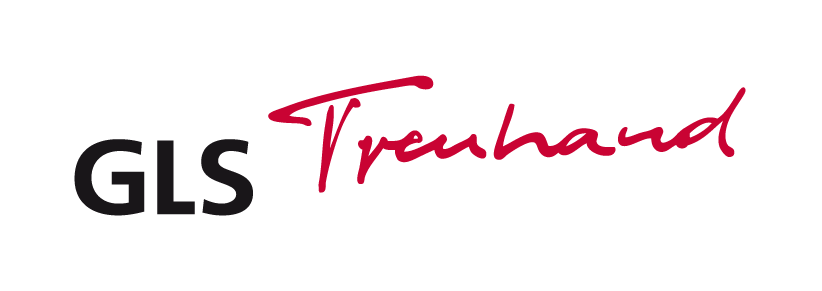Berlin Stories Meyer family
Lyckallee 30, 14055 Berlin

Méa, Moritz and Theo Meyer lived at 30 Lyckallee for just two years. They commissioned the architect Fritz Marcus to build the house for them – a state-of-the-art, modernist home. Their niece Pamela Glanville, the daughter of Méa’s brother Fritz Manasse, spent some of her childhood at the house. Thanks to Jani Pietsch’s dedicated research, Pamela’s daughter Jo Glanville was able to locate the house and to reconstruct some of their last days from the reparations files. We are grateful to Herr Schele for allowing the house to be opened to the public for Denk Mal Am Ort.
The family fled to Paris in October 1933. Moritz and Theo were immediately interned by the French when war broke out. They lived for a period under fake identities in Vichy France.

Méa was the only member of her immediate family to survive. Her son Theo was murdered in Auschwitz at the age of 23; her husband Moritz died from ill health after being held in internment camps in France. Méa managed to escape to Switzerland. She applied to the German government for compensation over a period of more than ten years. She spent the rest of her life in Paris.

The documents that will be on display on 5 May at Lyckallee 30 will give an insight into the bureaucracy of reparations: the number of categories in which claims could be made, as well as the sheer extent of witness statements and documentation that was required in order to make a claim. Méa had to track down proof of every stage in their lives and their flight from the Nazis: from her son Theo’s university certificate to evidence of the internment camps in which her husband was held. Perhaps one of the most chilling details is Méa’s claim for Theo’s imprisonment at Auschwitz: 5DM for each day that he was held. The reparations file also reveals previously unknown information about the family’s experiences during the war, including details of Theo’s arrest and Moritz’s death.
.The documents include the administration of Theo’s transport from Drancy transit camp to Auschwitz, from the Centre de Documentation Juive Contemporaine in Paris: the telegrams sent by the Nazis ordering the transport and the instructions to prisoners for leaving Drancy. It is an insight into the methodical detail with which every transport was planned and executed.
Fritz Marcus, the architect who built 30 Lyckallee, also left Germany in 1933. He found refuge initially in Spain and then went to London, where he taught at the Central School of Arts and Crafts. He was part of a circle of German-Jewish refugee architects that included Ernst Freud, son of Sigmund Freud.
In memory of Méa, Moritz and Theo Meyer, Pamela Glanville and Fritz Marcus.



